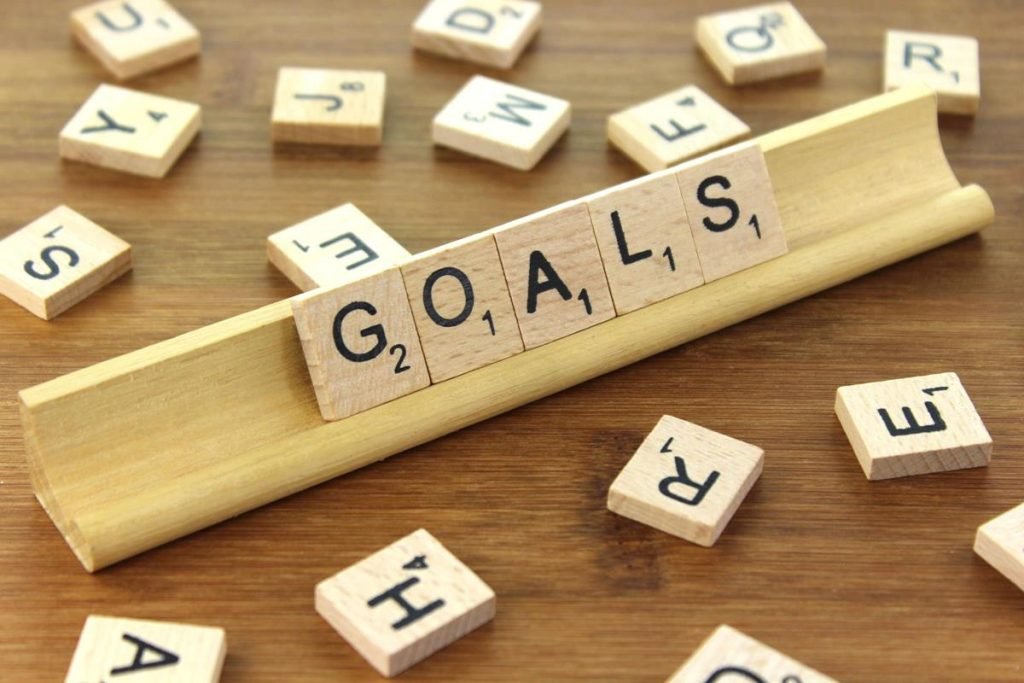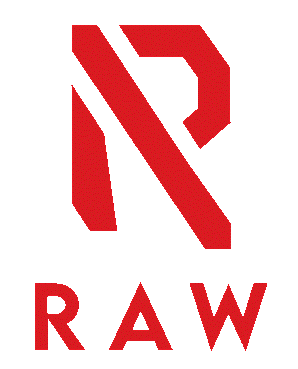One of the world’s most popular exercise, the Bench Press. This exercise is regarded as the king of upper body exercises as it allows for the most weight to be used for the upper body.
This exercise brings a huge ton of benefits to the human body. This exercise is performed on a flat bench, usually in a gym. The person lies on their back on the bench with a slight arch on the lower back to provide stability. The person then rolls the shoulders back lifts the bar off the rack. He or she then lowers the bar to the chest level above the solar plexus.
It is recommended to have the bar at least touch the chest before pushing the bar back up to complete one rep. In terms of bar path, people normally lower the bar straight down and push the bar straight back up. However, there is a more efficient bar path to produce more force. The individual can lower the bar down at a slight angle towards the bottom of the chest. This is because getting the bar to the bottom of the chest area is the optimal position to press the most weight off the chest due to biomechanical reasons.
What is a Bench Press?
he bench press is a muscle-strengthening move. Strength training makes it easier to accomplish daily tasks without tiring, helps your bone density, and may help you maintain a healthy weight.
You can do a bench press using a bench or on the floor. It’s a multi-joint exercise that works many muscles of the chest, shoulder, and arms. With proper guidance, bench press can be done by people with any level of fitness experience.
What Muscles Does a Bench Press Work?
When you do a bench press, you’ll mainly work your chest muscles (pectorals), shoulder muscles, and those in your arms.
Pectoralis major. This muscle originates from the sternum (breastbone), ribs, and clavicle (collar bone) and is attached to the upper part of the arm bone (humerus). It is involved in flexing and internally rotating the arm at the shoulder. If you use a flat bench, it mainly involves the sternocostal head of the pectoralis major (the part of the muscle attached to the chest and ribs). If the bench is inclined, the clavicular head (the part attached to the collar bone) of the muscle is more involved.
Anterior deltoid. The deltoid muscle originates from the clavicle and scapula (shoulder blade) and attaches to the humerus. This muscle moves the arm forward as well as to the side. It also stabilizes the shoulder joint during these actions.
Triceps. This muscle lies on the back of your arm and provides most of the bulk of the arm. It starts at he scapula and humerus and attaches to the ulna (one of the two bones of the forearm). It is a strong muscle and straightens and stabilizes the elbow. It also moves your arm backward at the shoulder.
Biceps. This is the muscle in the top of your upper arm. It originates from the scapula and attaches to the radius (one of the two bones of the forearm). It flexes the arm at the shoulder and the forearm at the elbow.
Some muscles like the abdominals, supraspinatus, teres minor, and others don’t play an active role in the bench press. But they help by stabilizing the trunk and shoulder.
How to Do a Bench Press
Follow these steps to get the benefits of bench press safely:
- Always have a spotter.
- Lie down on the bench or floor with feet flat on the floor. Your head, shoulder blades, glutes, and feet should all be on the bench or floor.
- Grasp the barbell with thumbs wrapped around the bar. Your hands should be as far apart as your shoulder width.
- Draw in your abdomen to stabilize your spine. Bring your shoulder blades closer together. Your wrists should be directly under the bar to avoid hyperextending them.
- Lower the barbell towards your chest, keeping your back straight and your head on the bench. Stopwhen you feel a stretch in your pectoral muscles.
- Now raise the barbell by extending your elbows and contracting the chest muscles.
- Inhale when lowering the barbell, and let your breath out (exhale) when lifting the barbell.
- Aim for two or three sets of 8 to 12 repetitions (reps). If you can easily do 12 reps, increase the weight slightly.
Some points to remember when bench pressing:
- Pull shoulders down and back.
- Pull elbows in.
- Drive feet into the ground.
- Don’t try to lift more than you can do safely.
Here are 3 of the biggest benefits of the Bench Press.

1. Good Goal Setter
This exercise is a compound movement, hence requires almost the entire body’s function to perform the lift efficiently. Compound movements allows for more weight to be used since
more joints and muscles are contributing to the lift. Hence, this allows for easy progressive overload especially for a new lifter. This is important as this exercise allows for lifters to set
weight or rep goals, or for elite lifters who can set goals even just based on how fast a specific weight moves.
Hence, this exercise is great for keeping lifters motivated especially for beginners who are struggling to stay disciplined to visit the gym day after day. The joy of hitting a new personal record (PR) on this lift is unforgettable, the people who experienced it know the feeling!

2. Great for hypertrophy
This exercise is often seen as more of a strength-building exercise than one that builds
muscle size. However, studies have found a direct correlation between pec size and the one-rep-max (1RM) on the bench press. This therefore suggests that progress in strength on the bench press can directly lead to muscle growth on the pectoralis muscles. Moreover, not only the pectoralis muscles are being worked, but the front deltoids and triceps are also a major contributor to the exercise.
Progressive Overload is one of the principles of training that allows for progress. Since this exercise allows for easy progressive overload to be obtained, it is deemed to be a great exercise for hypertrophy as well. Variations of this exercise can be used to shift the focus slightly more to certain muscle groups for hypertrophy training.
For example, the close grip bench press shifts the load to the triceps more compared to a standard traditional bench press. If you are looking to skyrocket your progress on the bench press and push it to the next level to hit your next PR, or to impress your friends, feel free to book a free trial session at RAW!
3. Increases Your TDEE
TDEE stands for Total Daily Energy Expenditure. TDEE consists of many processes that the human body undergoes which allows for proper body function. This includes Basal Metabolic Rate, Thermic Effect of Food, etc. By actively performing the bench press 1-2 times a week, it increases the body’s physical activity level and muscle damage after training.
Hence, the body would need to utilize oxygen and burn calories in order to transport important nutrients that can aid in the recovery of the muscles used during the bench press. This therefore increases the TDEE, which can certainly aid individuals who are looking to lose weight.
Bench Press Adaptations
You can adapt the bench press in various ways to make it harder or work different muscles. These adaptations include:
- Incline bench press
- Decline bench press
- Close grip bench press
- Wide grip bench press
- Dumbbell chest press
- Reverse grip bench press
- Bench press with resistance bands
The inclined bench activates your biceps more than the flat and declined bench. Using a narrow or close grip on the barbell won’t activate the biceps as much as if you use a wide or medium grip.
If your feet don’t reach the floor when lying on the bench, place stable weight rings on the floor and put your feet on them. You can also lift your feet onto the bench so that your hips are flexed at 45 degrees and knees at 90 degrees.
Our personal training allows you to meet your lifestyle needs and is flexible to fit into your busy schedule. Feel free to contact us for details.
- Beyond the Comfort Zone: Embracing the Unknown in Fitness and Life - November 14, 2025
- Why Traditional Gyms Don’t Work (And What Does): The Anti-Gym Revolution - November 14, 2025
- The Art of Rest: Knowing When to Stop and Recover During Training - October 21, 2025

4 Responses